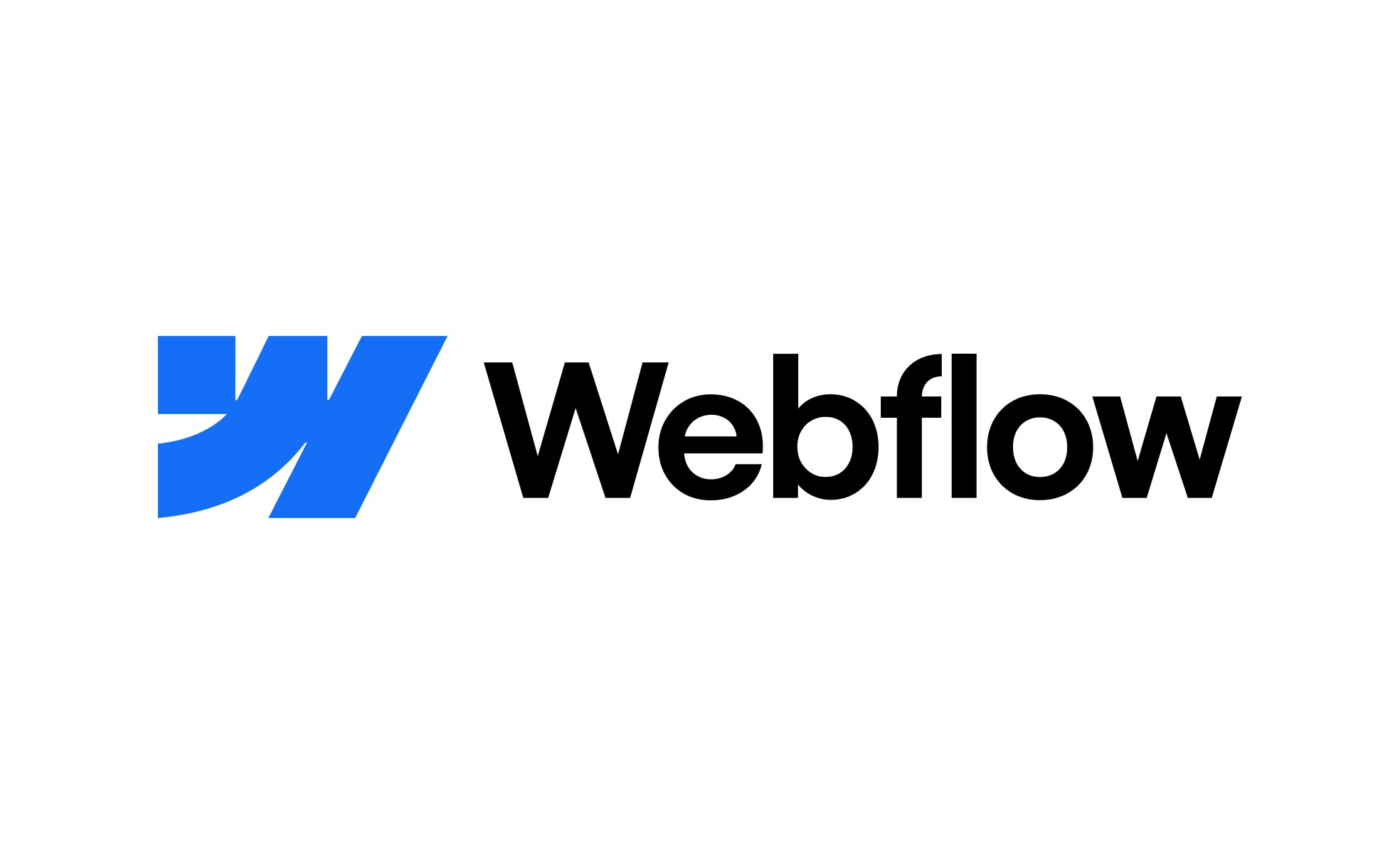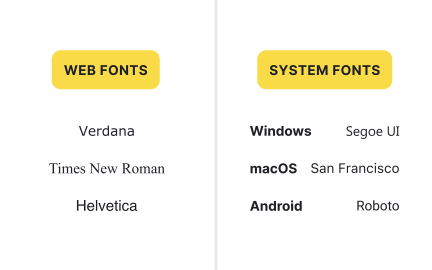Webflow
Webflow is a web design and development platform that allows users to visually build responsive websites, combining design, CMS, and hosting in one tool.

TL;DR
- Visual web design and development platform.
- Offers responsive design without coding.
- Includes CMS, hosting, and e-commerce features.
- Popular among designers and product teams.
Definition
Webflow is a cloud-based platform for designing, building, and publishing websites, enabling teams to create responsive layouts visually while generating clean production-ready code.
Detailed Overview
Webflow has become a widely adopted tool for digital design because it bridges the gap between design and development. It gives designers the ability to create production-ready websites through a visual editor while maintaining control over structure, style, and responsiveness. Instead of relying solely on developers to translate designs into code, Webflow outputs HTML, CSS, and JavaScript automatically.
A frequent question is how Webflow differs from traditional website builders. Unlike platforms such as Wix or Squarespace, Webflow provides far greater design flexibility and outputs code that can be customized. It allows teams to move beyond rigid templates, creating pixel-precise experiences that are closer to hand-coded websites. This balance between visual freedom and technical rigor appeals to both designers and developers.
Another common query is whether Webflow eliminates the need for developers. While Webflow can handle layout, styling, animations, and content management, developers are still needed for complex integrations, backend systems, or custom logic. Webflow reduces dependency on development for static content and marketing sites but is often complemented by engineering when advanced functionality is required.
Teams also ask about Webflow’s CMS. The platform includes a built-in content management system that allows teams to create collections of content, such as blog posts or product catalogs, without coding. The CMS is dynamic and flexible, making it appealing for design teams that want to manage structured content directly within the same environment.
Webflow is also valuable for prototyping and testing. Designers can quickly build fully responsive prototypes that behave like live websites. This enables stakeholders to experience designs interactively rather than relying on static mockups. For startups and marketing teams, Webflow often serves as both a prototyping and publishing tool.
Finally, Webflow supports hosting and e-commerce, allowing teams to manage everything from design to deployment within a single platform. This end-to-end solution streamlines workflows, reduces the need for multiple tools, and empowers non-technical teams to manage live websites with confidence.
Webflow offers more design flexibility and outputs clean, customizable code. Other builders rely on rigid templates, while Webflow allows pixel-level control and responsive design.
This makes Webflow better suited for professional teams and unique projects.
Webflow reduces reliance on developers for static sites and marketing content but does not replace them entirely. Complex features, integrations, or backend logic still require engineering.
It is best viewed as a tool that empowers designers while complementing developers.
The CMS manages dynamic content such as blogs, portfolios, or product catalogs. It allows teams to create structured content collections directly in the design environment.
This reduces friction between design and content management workflows.
Yes, Webflow is effective for building interactive prototypes that look and feel like live websites. Prototypes can then be refined and published with minimal rework.
This speeds collaboration and helps teams validate designs earlier.
Yes, Webflow includes hosting and e-commerce features, offering an end-to-end solution from design to deployment. Teams can manage websites entirely within the platform.
This all-in-one approach reduces tool switching and increases efficiency.
Recommended resources
Courses

UX Design Foundations

Design Terminology

Common Design Patterns
Projects

Parmonic - AI Video Automation Platform

Bento Grid - SaaS Website Design











